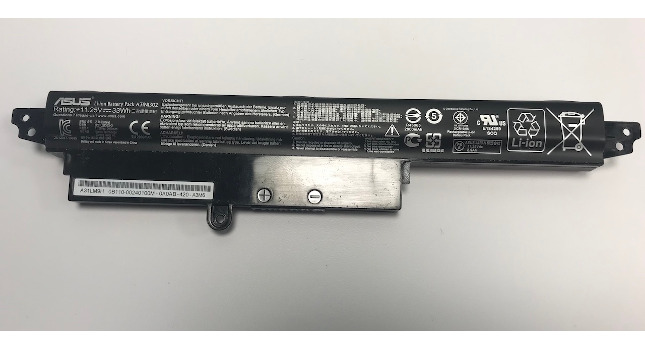What you have seen in automotive, you will see in lift trucks.

Industry challenges, such as the need to work more efficiently to meet ever-increasing consumer demands, have left today’s organizations seeking alternative energy solutions to support the entire customer experience. In the past, traditional energy solutions made it difficult to address these around-the-clock demands.
However, between improved energy consumption measurement and next-level transparency, the plant of the future will provide game-changing alternative energy solutions and allow for optimal energy efficiency among distribution systems.
Revolutionary power management devices implemented throughout material handling equipment and connected either via ethernet or the Internet of Things will provide real-time data on the facility’s energy consumption. These devices provide operators with a complete picture of the battery’s health and state of charge, including the status of amps, voltage and truck’s power factor.
Telematics as truth teller
Operators will have a clear view of these metrics for each phase and current directly displayed on the truck’s telematics interface — allowing the operator to track overall energy usage throughout the truck’s shift. If a specific piece of equipment is not running efficiently, operators will be empowered to locate the inefficiency and make adjustments accordingly.
The next era of electric lift trucks will embrace an abundance of power solutions. Lithium-ion batteries, which offer the highest energy densities (about triple the capacity of a similar lead-acid battery), will gain popularity within plants as management aims to increase truck battery life in order to lift higher and heavier loads. The lithium-ion battery will also accommodate the workforce of the future through its advanced charging capabilities. In many applications, a single lithium-ion battery could be used with the proper method of charging or what we would call “opportunity charging.” This allows operators to take advantage of breaks, lunch hours or shift changes to recharge in the truck (no battery removal/replacement) and maintain battery performance throughout their shift. Centralized battery rooms will become a thought of the past, and opportunity charging stations will pop up throughout the plant.
Additionally, the high voltage architecture (80, 96, 144v) traditionally seen in the automotive industry will begin to migrate into the lift truck industry. As with the automotive industry, we expect this will help lower the initial cost of many alternative energy solutions the same way we saw costs rapidly decline within the electric vehicle market.
Automotive points the way
As clientele grows, it can seem to be nearly impossible to have a grasp on the functionality of all customer plants. Telematics technology will enable a “virtual battery room” to help management stay updated on plant performance in real time. The virtual battery room will include remote access, data collection and reporting tools, providing plant leaders with advanced insights. Within one tool, management will be able to identify energy inefficiencies and implement the right solutions.
Material handling organizations are creating alternative energy solutions that will allow lift trucks to operate better and smarter. We expect these energy sources to serve as the vital link between what lift trucks make possible and the marketplace’s increasing demands for speed. As we look into the future, alternative energy solutions will create a smart plant that will grow with customer demand and the future of e-commerce. The plant of the future will enable material handling organizations to do what they do best: keep products moving along the supply chain — throughout 2020 and beyond.
ONLINE extra
See the Top Plant story about The Raymond Corp. below.



